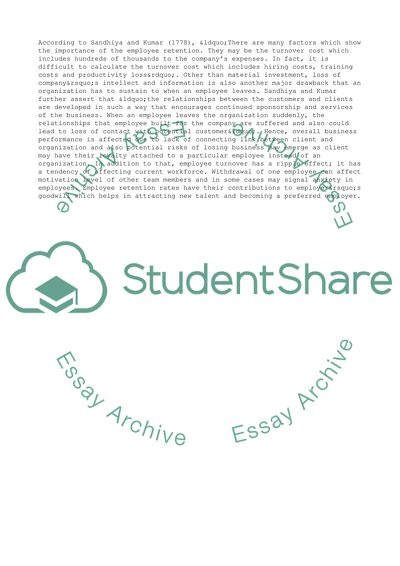Cite this document
(“Retaining Top Performing Employees Research Paper”, n.d.)
Retaining Top Performing Employees Research Paper. Retrieved from https://studentshare.org/management/1616935-retaining-high-performing-employees
Retaining Top Performing Employees Research Paper. Retrieved from https://studentshare.org/management/1616935-retaining-high-performing-employees
(Retaining Top Performing Employees Research Paper)
Retaining Top Performing Employees Research Paper. https://studentshare.org/management/1616935-retaining-high-performing-employees.
Retaining Top Performing Employees Research Paper. https://studentshare.org/management/1616935-retaining-high-performing-employees.
“Retaining Top Performing Employees Research Paper”, n.d. https://studentshare.org/management/1616935-retaining-high-performing-employees.


